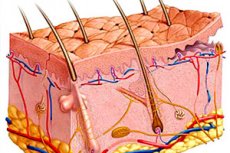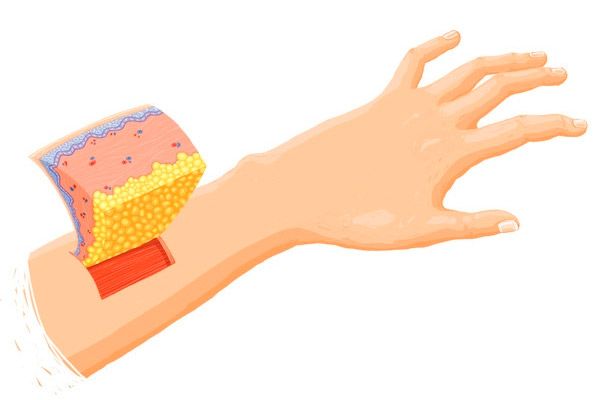Medical expert of the article
New publications
US scientists have proposed a new way to treat burns
Last reviewed: 02.07.2025

All iLive content is medically reviewed or fact checked to ensure as much factual accuracy as possible.
We have strict sourcing guidelines and only link to reputable media sites, academic research institutions and, whenever possible, medically peer reviewed studies. Note that the numbers in parentheses ([1], [2], etc.) are clickable links to these studies.
If you feel that any of our content is inaccurate, out-of-date, or otherwise questionable, please select it and press Ctrl + Enter.

Scientists from the US Army Institute's Surgical Research Division intend to use technology to create new tissues for use in treating patients with skin damage (extensive burns).
Before the method is available for widespread use, experts intend to test it on several volunteers.
The committee that monitors the quality of medicines has approved the use of skin cells taken from a patient to create skin patches in the lab for transplantation. Such skin fragments have been used in burn centers to treat children.
The new research project will involve 12 participants who have damage to more than half of their body surface.
The burn center of the army university noted that every year they receive from 500 to 2 thousand victims who have received burns over more than half of their body surface.
By growing skin from a patient's cells to produce skin that can be transplanted, victims of extensive burns have a much better chance of survival. Today, such patients are also treated, but they often suffer from blood poisoning and infection of the wounds.
Tissue engineering uses human skin cells, which are placed in a special nutrient medium and grown, then the treated cells are mixed with a special solution and placed on a substrate, for which specific cells, proteins, etc. are used.
The uniqueness of the new method of growing skin patches from cells is that the skin patches consist of two layers at once – the epidermis and the dermis.
It is assumed that after cleaning the wound and removing damaged tissue areas, the surgeon will implant two-layer skin flaps grown using a new technique in burn patients. This method will significantly reduce the risk of infection in open wounds or rejection of donor skin.

Modern burn surgery uses mainly skin from donors, which can be relatives of the victim or a deceased person who meets the parameters. An obligatory part of such treatment is the suppression of the immune response with the help of special drugs, which is aimed at preventing the process of rejection of new tissues.
It takes a little less than a month to grow skin patches using the new method – this is enough time to grow skin measuring an average of 10x15cm
This is precisely what prevents the use of existing technology for the treatment of burn patients who have a large area of skin affected.
Researchers from the military institute intend to find another way to reduce the time it takes to grow leather.
At the same time, specialists from this institute began studying other technologies that help restore tissue after burns. For example, researchers were interested in the technology of one company from Britain, which proposed applying an enzyme solution with the patient's skin cells to a cleaned wound.
Currently, American specialists are conducting clinical trials and it is difficult to say when new technologies for treating burns will be available for widespread use.

